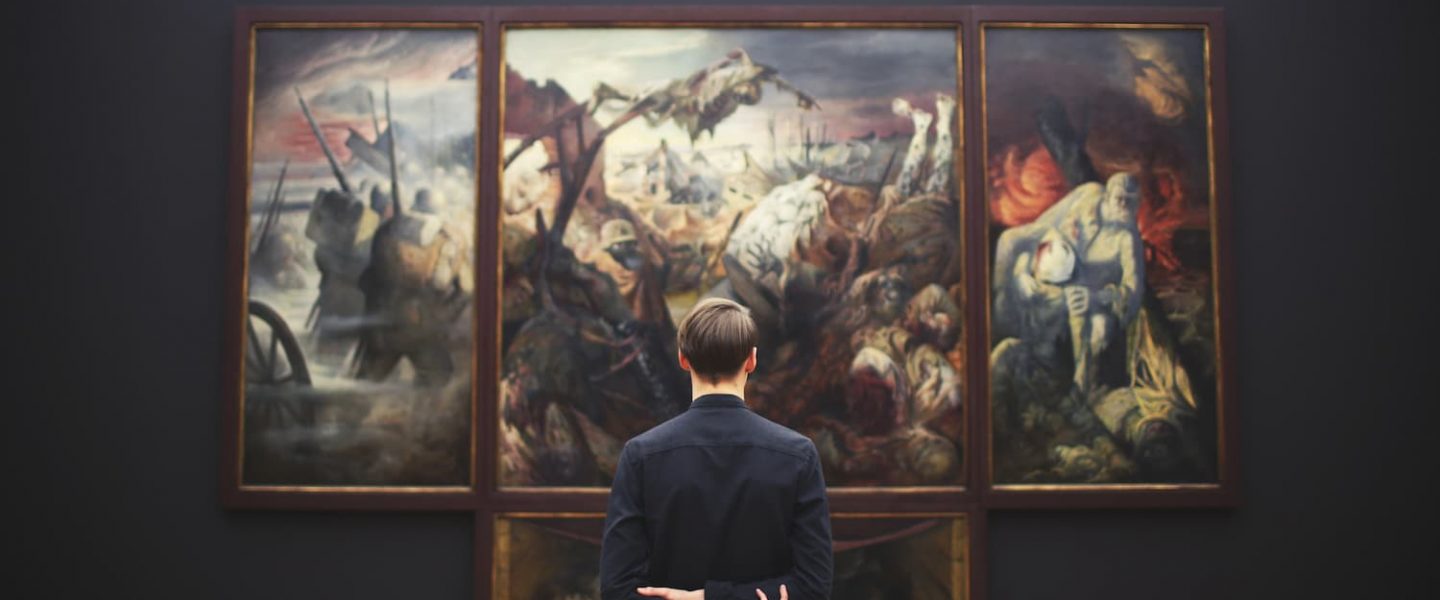Art has always served not only as a means of self-expression but also as a reflection of social processes. It captures important historical moments, reveals hidden conflicts, and gives a voice to those who are not heard. Through painting, music, film, theatre, and even street art, we can see how the world around us changes. This is especially evident during periods of social and political upheaval, when artists respond keenly to the transformations in society. In the Czech Republic, art has repeatedly served as a form of dialogue between the people and the authorities, between the past and the present, between tradition and innovation.
The Role of Art in Society
Artistic forms do not merely embellish everyday life — they become a way to interpret the times. Art can criticize, inspire, unite, and protest.
History offers us many examples of how artistic practices have reflected — and even shaped — societal change. This is particularly evident in the case of the Czech Republic and other Central European countries.
Czechoslovakia and the Velvet Revolution
One of the most striking examples of art becoming an expression of social change is the events of the late 1980s in Czechoslovakia. The Velvet Revolution of 1989, which led to the fall of the communist regime, was accompanied by a surge in cultural activity. Theatres, poetry readings, and alternative music were not merely entertainment — they became forms of protest and free expression.
Satirical art forms gained particular popularity during this time. Caricatures, posters, and performances held in the streets of Prague became part of the democratic movement. Artists, previously restricted by censorship, used their creativity to expose the absurdity of the political system and to inspire society toward change.
Art in the Age of Social Media
The modern era has brought new technologies and forms of communication to the world of art. In the age of Instagram, TikTok, and YouTube, artists have powerful tools to rapidly spread their ideas. Art has become more reactive: artists now respond in real time to social disasters, protests, and pandemics.
For example, during the COVID-19 pandemic, Czech street artists used city walls as platforms for criticizing government measures or expressing solidarity with medical workers. In this way, public anxieties take on the form of visual manifestos, accessible to every passerby.
Themes Reflecting Social Change
Social change is also evident in the themes that artists choose to explore. These topics range from global challenges to questions of personal and collective identity.
Identity and Migration
In recent decades, Czech art has increasingly focused on themes of national identity, integration, and migration. With the rise of globalization and intercultural contact, artists have begun to explore what it means to be “Czech” in today’s world. Works by contemporary sculptors, photographers, and playwrights raise complex questions — from discrimination to the preservation of traditions amid cultural exchange.
Ecology and Climate Change
Environmental concern is another powerful trigger for artists. Many recent projects in the Czech Republic have been dedicated to the theme of climate change. Exhibitions, installations, and performances in public spaces address issues such as pollution, sustainability, and waste management. In this case, art not only informs but also inspires changes in lifestyle.
Art as a Form of Protest
When traditional channels of public expression become inaccessible, art often assumes the role of protest. In the Czech Republic, both audiences and creators are familiar with this dynamic.
Satirical and Provocative Art
Art can take the form of activism. This becomes especially apparent during times of social tension. Through satire, irony, and metaphor, artists convey criticism of authorities, corporate greed, or social injustice to a wide audience.
The Czech Republic has a rich tradition of such art — from anti-communist exhibitions to contemporary political theatre. For instance, the work of David Černý, one of the most renowned Czech artists, often sparks public debate due to its provocative approach to social issues.
New Forms and Hybrid Genres
With the advancement of digital technologies, art has acquired new tools and boundaries. Hybrid forms have emerged, combining multiple genres at once.
Interdisciplinary Projects
Contemporary Czech art is increasingly becoming interdisciplinary. For example, in Prague, there are festivals that bring together architecture, design, media art, and sociology. This indicates that art is no longer closed or elitist — it becomes an active participant in public dialogue.
Video games, augmented reality, and interactive installations offer experiences that not only illustrate social change but also involve the viewer directly. These forms are especially popular among young people, for whom interaction with art is important not only as spectators but also as participants.
Conclusion: Art as a Mirror and Catalyst of Change
Art is not only a mirror but also a catalyst of social processes. It does not merely record a moment in time, but helps shape public consciousness. In times of global instability, political crises, and climate challenges, artistic expression gains particular significance.
In the Czech Republic, with its rich cultural history and active civic spirit, art plays an important role in public life. Whether it’s street art, contemporary theatre, or digital installations — all of these help us better understand who we are and where our society is headed.
